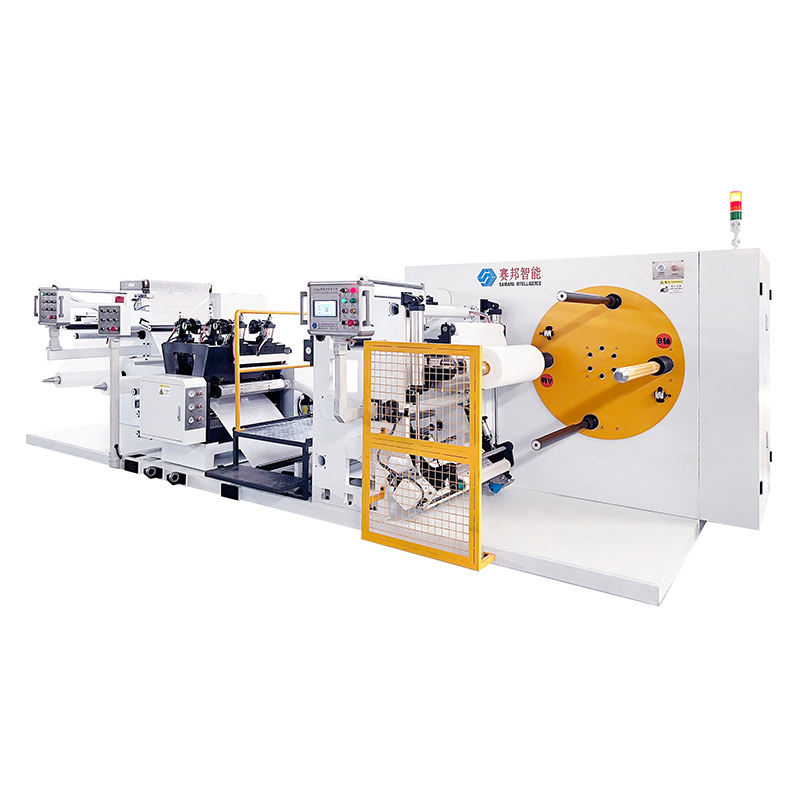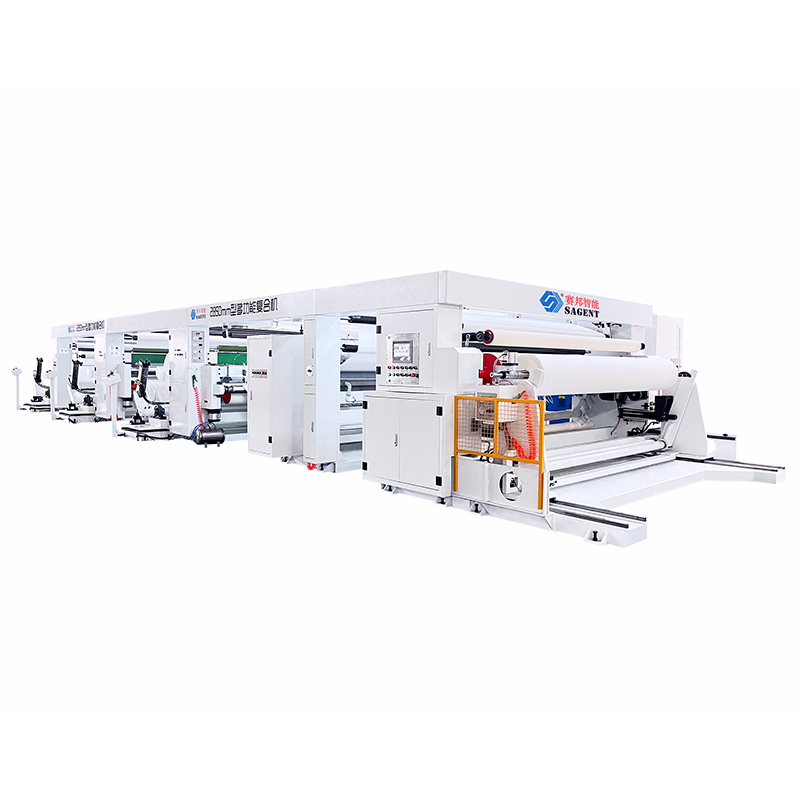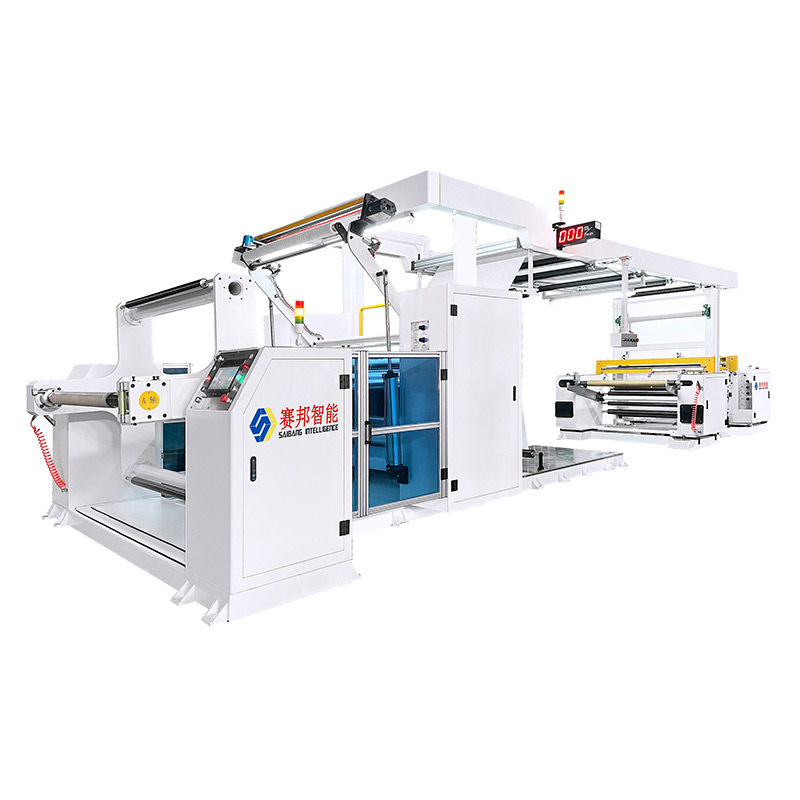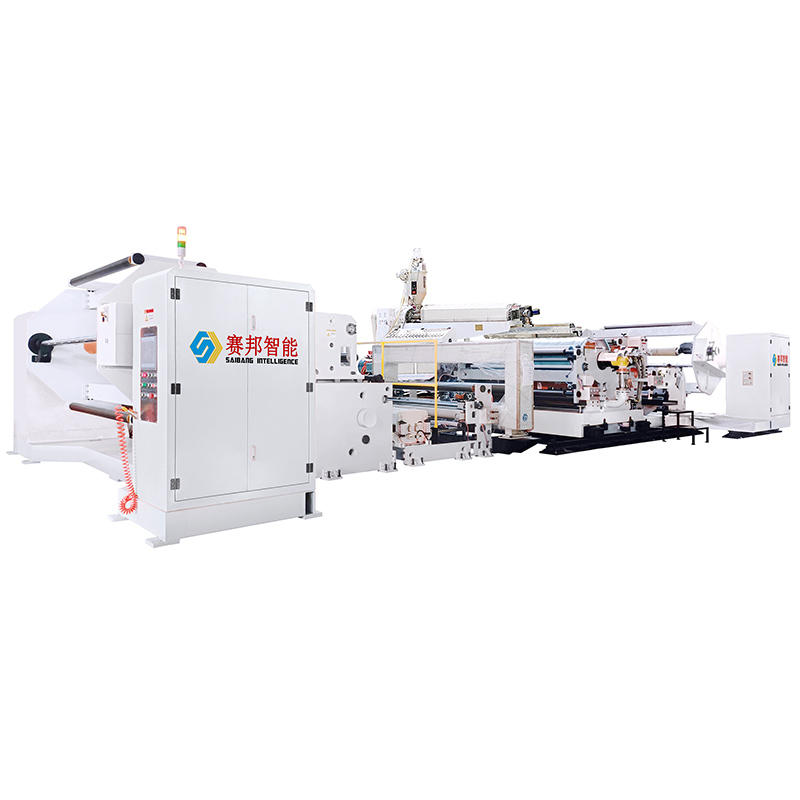What Is Coating Machine?
In the field of modern packaging, film manufacturing, and composite material production, coating machines play a crucial role in improving material performance and surface functionality. A coating machine applies a layer of liquid, adhesive, or molten resin to the surface of a substrate — such as plastic film, paper, or fabric — to enhance its bonding, protection, or decorative properties.
This article introduces what a coating machine is, explains its working principle, and provides a detailed analysis of six major types commonly used in industrial production.
1. How a Coating Machine Works
A coating machine works by delivering a uniform layer of coating material — such as glue, resin, or functional additives — onto a base material through precise mechanical and thermal control.
The key components of a coating and laminating line typically include:
Unwinding unit: Feeds raw material rolls (film, paper, foil, or nonwoven).
Coating head: Applies the coating using rollers, knives, or dies.
Drying oven: Removes solvent or moisture under controlled temperature.
Laminating section: Bonds multiple layers together under pressure and heat.
Rewinding unit: Collects the finished laminated roll with automatic tension control.
This process ensures consistent coating thickness, excellent adhesion, and high-speed production efficiency suitable for various applications like packaging films, medical materials, and industrial laminates.
2. Common Types of Coating and Laminating Machines
2.1 High Speed Lamination Coating Machine
The High Speed Lamination Coating Machine is designed for large-scale, continuous production of composite films and laminates.
It integrates coating, drying, and lamination functions in one automated line.
Key Features:
Operating speed up to 300 m/min.
Equipped with precision tension control and automatic web alignment.
Suitable for materials such as PET, BOPP, CPP, and aluminum foil.
Ideal for flexible packaging, food wrapping films, and pharmaceutical laminates.
Advantages:
High productivity with consistent coating accuracy.
Stable performance for long production runs.
Compatible with solvent-based or water-based adhesives.
2.2 Extrusion Coating Lamination Machine
The Extrusion Coating Lamination Machine uses molten polyethylene (PE), EVA, or other resins extruded through a T-die to coat and bond with base materials like paper, fabric, or film.
Working Process:
Resin is melted and extruded through a die.
The molten layer is pressed onto the substrate using cooling rollers.
The laminated structure solidifies and rewinds as a finished composite material.
Applications:
Paper–plastic composite packaging (e.g., milk cartons, food wraps).
Aluminum foil lamination for heat-resistant or barrier materials.
Textile waterproof coating and anti-corrosion industrial films.
Advantages:
Strong bonding without pre-coated adhesive.
Excellent moisture and chemical resistance.
Energy-efficient with minimal waste.
2.3 Hot Melt Adhesive Laminating Machine
The Hot Melt Adhesive Laminating Machine uses solid adhesive pellets or granules that are melted and applied directly onto the substrate.
Unlike solvent-based systems, this method is eco-friendly and solvent-free.
Key Features:
Uses hot melt adhesives such as EVA, PUR, or TPU.
Rapid bonding — no drying oven required.
Compatible with paper, film, foam, or nonwoven fabrics.
Applications:
Medical dressings and protective materials.
Automotive interior materials.
Label, tape, and packaging industries.
Advantages:
Zero solvent emissions, meeting environmental standards.
Instant adhesion and strong bond strength.
Simplified process and lower maintenance cost.
2.4 Ultrasonic Laminating Machine
The Ultrasonic Laminating Machine applies high-frequency ultrasonic vibration energy to generate localized heat and bond materials without glue or heat sources.
This technology is especially suitable for thermoplastic materials.
Working Principle:
Ultrasonic vibrations create frictional heat at the material interface.
The materials fuse together under moderate pressure.
No adhesives, solvents, or drying processes are required.
Applications:
Nonwoven fabrics in hygiene products.
Medical protective clothing and filtration materials.
Disposable masks and industrial textile composites.
Advantages:
No chemicals or heat sources — clean and safe process.
Energy-efficient and highly precise.
Suitable for automation and continuous production lines.

2.5 Hot Press Laminating Machine
The Hot Press Laminating Machine combines heat and pressure to bond two or more materials into one structure.
It’s commonly used for decorative panels, optical films, and composite boards.
Key Features:
Controlled hot pressing temperature (80–180°C).
Multi-layer lamination with uniform pressure distribution.
Can laminate rigid materials such as wood veneer, MDF, or acrylic sheets.
Applications:
Furniture and construction panels.
Optical protective films for electronics.
Decorative and architectural materials.
Advantages:
Strong mechanical bonding.
High-quality surface finish.
Suitable for both large panels and precision films.
2.6 Multifunctional Industrial Laminating Machine
The Multifunctional Industrial Laminating Machine integrates multiple coating and lamination technologies — including dry, wet, extrusion, and hot melt — in a single modular platform.
Key Features:
Flexible configuration for different materials and adhesives.
Digital control system for coating thickness and tension balance.
High-speed unwinding and automatic defect inspection.
Compatible with film, foil, paper, and fabric substrates.
Applications:
Advanced composite packaging materials.
Optical films, energy films, and barrier films.
Industrial and functional film manufacturing.
Advantages:
One machine for multiple lamination methods.
Reduced production changeover time.
High adaptability and production efficiency.

3. Industrial Applications of Coating Machines
Coating and laminating machines are widely applied across diverse industries:
Flexible packaging industry: food pouches, pharmaceutical packs, and snack wraps.
Electronics and optical film industry: protective films, release liners, and display films.
Textile and hygiene sector: nonwoven fabrics, disposable medical supplies.
Building materials and furniture: decorative panels, waterproof films, and laminates.
Each application requires specific machine configurations — from coating head type to heating system — to achieve the required surface performance and product precision.
4. Conclusion
The coating machine represents the backbone of modern material processing technology.
From high-speed lamination to extrusion coating, and from eco-friendly hot melt bonding to advanced ultrasonic fusion, these machines empower manufacturers to create innovative, high-performance, and sustainable materials for global industries.
As technology continues to evolve, multifunctional and automated coating systems will further enhance production efficiency, reduce energy consumption, and enable the creation of next-generation composite materials.
Previous: How To Use Coating Machine?




